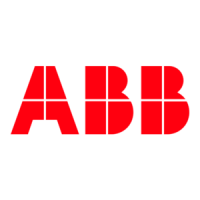
Do you have a question about the ABB Bitric P and is the answer not in the manual?
| Brand | ABB |
|---|---|
| Model | Bitric P |
| Category | Controller |
| Language | English |
Only qualified personnel should operate the apparatus.
Observe national regulations and safety instructions in the manual.
Follow safety instructions in the manual to prevent danger or damage.
Information on rating plate specifies factory settings and can be decoded using the ordering matrix.
Consider climatic and mechanical stipulations for optimal placement.
Procedure for inserting the unit into a panel cutout and securing it with fasteners.
Guidelines for lead material and installation according to relevant regulations for power systems.
Details on connecting via tab connectors, screw terminals, and multi-plugs.
Describes different types of signal inputs like mV, mA, V, and their configurations.
Configuration and function of the analog output with 0/4...20 mA.
Information on integrated relays, spark quenching, and their use with inductive loads.
Details on the optional binary module for extensions and its labeling.
Notes on connection voltage, rating plate, and thermal release.
Information on the RS-485 serial interface, bus cable requirements, and connection terminals.
Steps and conditions for safely switching on the unit after installation.
Explains the main and function displays and how to switch between them.
How to adjust indicated values using the up/down keys, including switching pulses.
Describes that all inputs can be weighted and shows an input weighting diagram.
How to select between manual and automatic operating modes using the HA key.
How to set parameters according to documentation or using the self-parameter setting function.
Detailed steps to initiate and perform self-parameter setting for optimal control.
A table detailing various parameters, their factory settings, and functions.
Explains the main display showing controlled variable and how function display changes it.
How to adjust set point, output variable, and alarm values using keys and mode changeover.
Details general error messages detected by the Bitric P and how to acknowledge them.
Lists error messages related to input monitoring for thermocouples, resistance thermometers, and mA/V/mV signals.
Methods to access the configuration level using key combinations or a code figure.
Procedure to balance line resistance using a known resistance value.
Procedure to balance line resistance using a test resistor and temperature specification.
States the unit requires no maintenance, but relays are subject to wear.
Important safety warnings regarding interruption of protective connectors and live parts.
Catalog numbers for ordering various components like modules, covers, and boards.
Details on terminal assignments and types for mA, V, mV, resistance, and teletransmitter inputs.
Specifications for current input signals, including range and interference voltage.
Specifications for voltage input signals, including range, input resistance, and interference voltage.
Defines ranges for various thermocouple types and mV inputs, including reference junction and break monitoring.
Specifies ranges for Pt 100 sensors, circuit types, and measuring current.
Technical data for teletransmitter inputs, including ranges and interference voltage.
Information on ratio calculations using E1 and E2 inputs for mA signals.
Notes on binary input for setpoint transfer.
General specifications including measuring deviation, resolution, nonlinearity, and common-mode voltage.
Details on relay and binary outputs, including specifications for voltage, current, and isolation.
Describes available control actions (P, PD, PI, PID) and configurable characteristics.
Information about the digital display, keys, and modes of operation.
Configuration options for alarm monitoring of variables, control deviation, or modulus, and contact operation.
Details on retrofitting the binary I/O module, including binary input and output specifications.
Specifications for retrofitting the serial interface, including RS-485 and RS-232C options, bus length, and telegram format.
Electrical specifications for alternating voltage inputs and power consumption.
Duration of mains buffering and fuse information.
Covers climatic capabilities, ambient temperature, humidity, and mechanical stress ratings.
Information on emission and immunity to interferences according to standards.
Details electrical safety standards, overvoltage category, degree of protection, and clearance distances.
Dimensions, electrical connection types, panel color options, and weight.
Information on the apparatus as a temperature controller certified to DIN 3440 with TÜV expertise.
Use of the apparatus as a continuous controller for water level in boilers, certified to VdTÜV Instructions.
Details the apparatus's suitability for unconditional application on sea-going and inland waterway vessels under GL rules.
Defines the base model and series for ordering.
Options for AC power supply voltage.
Configuration options for the first input, including mA and Ω ranges.
Selection of control functions like alarm signaling, on/off, step, or continuous control.
Options for terminal types like blade-type or multi-plug with screw terminals.
Describes using the Bitric P as a set point station or current transmitter with specific settings.
Configuration for manual operating mode with continuous control, where the setpoint display is off.
Configuration for switching between manual and automatic modes with continuous control.
Using the Bitric P for average value determination of 2 mA input signals and outputting the average.
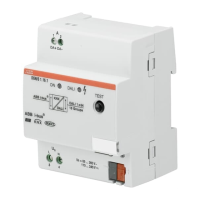
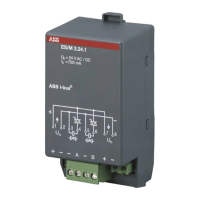
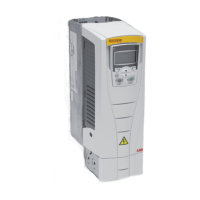

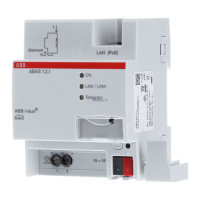
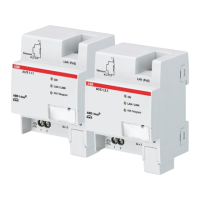
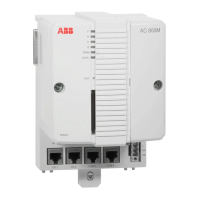
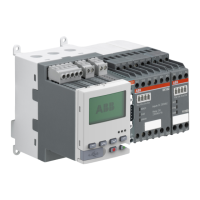
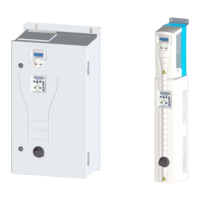
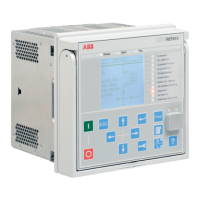
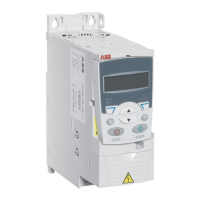
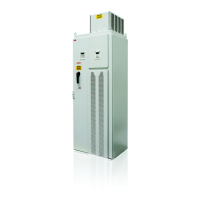
